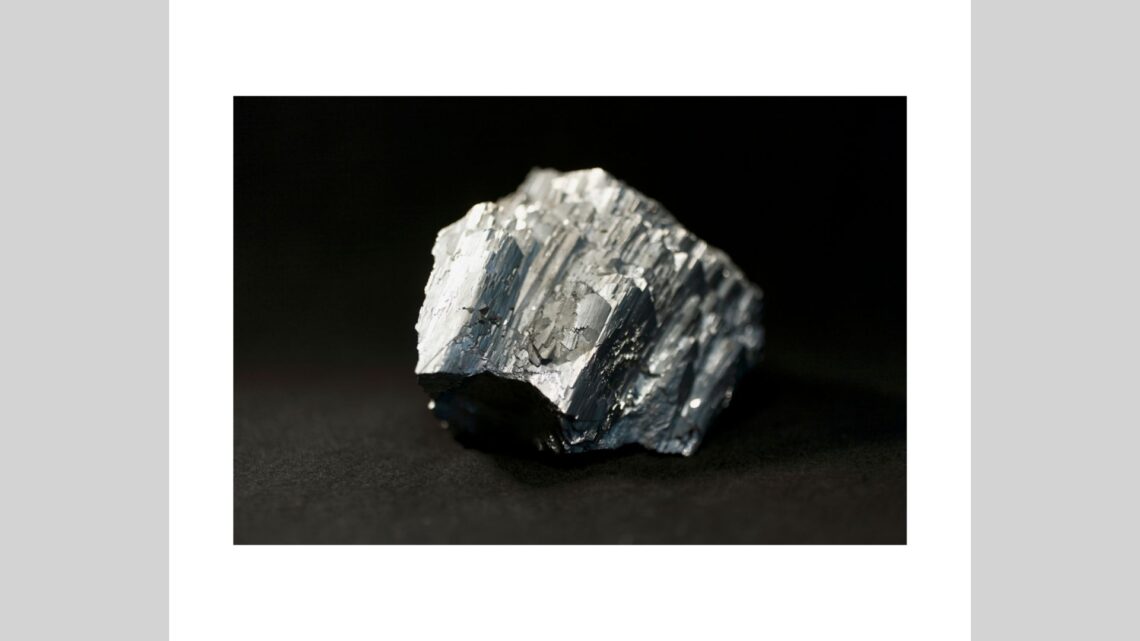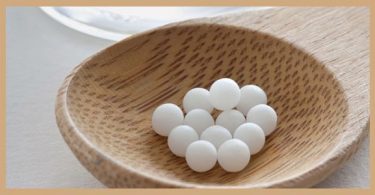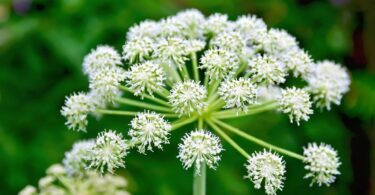The study of remedies through comparison can’t be underestimated. The final selection of the ‘similimum’ has to be fished out through discrimination. Apparently many remedies appear similar and they need to be differentiated at large. This is true not only in acute cases but also in chronic cases. The acute cases demand a quick action of right order and the comparative study becomes an imperative one to unlock a case.
Three frequently indicated ‘acute’ remedies- Aconite, Belladonna and Arsenicum alb. with their distinct energy patterns are discussed here through a differential world of materia medica.
Aconite: The storm
We begin with Aconite, a storm remedy indicated in the first stage, first few hours, first stage of inflammation. The episode occurs suddenly, becomes fierce and goes to the peak where certain characters are thrown on the screen. The mind with fear – fright – anxiety state accompanied with restlessness and a degree of panic comes into play very strongly. The mind is almost paralyzed with fear. Belladonna and Arsenicum need to be differentiated from Aconite as they share the ‘storm’as well but there are distinct differences.
Aconite and Belladonna : The Stormy Cognates
Aconite is like Belladonna but without its raving, grizzling, grumpiness, violent temper and excitability. Retrospectively, Belladonna is like Aconite but without its anxiety, restlessness and fear of death. Both represent the overwhelming state where the patient may become critically ill in a few hours but they do differ at the level of presentation.
Both act on the circulatory system. Aconite acts here through two ways:
- Congestive erethism manifested in flushing of face, hard and rapid pulse, etc.
- Febrile erethism preceding a general inflammatory stage without specific localization.
A few more characteristics of Aconite are-
- Sudden hyperthermia, which often starts off with bouts of shivering.
- Red, dry skin without perspiration.
- Intense thirst for large quantities of cold water.
- One cheek red, the other pale.
In Belladonna too we get a congestive erethism. It is due to two alkaloids – hyoscyamine and atropine. In Aconite it is due to a toxic alkaloid Aconitine. Both have redness and dryness, but Belladonna has them more intensely than Aconite . Hot perspiration accompanies the condition in Belladonna while absence of perspiration typifies Aconite . The onset of perspiration, however, relieves Aconite but not Belladonna . Belladonna ‘s redness is brighter than Aconite ‘s in view of the dilatation / hyperemia caused by Atropine. Aconite has heat of the whole body. It may be hot centrally, but cold peripherally. Hyperpyrexic states are often accompanied by offensive foot sweat in Aconite too, but this is not a feature of Belladonna . Thirstlessness is a strong feature of Belladonna, though Belladonna desires lemon drinks while Aconite desires bitter drinks. Aconite is worse at 11p.m. while Belladonna at 3 p.m.
Sensitivity pattern
All senses are heightened and easily aggravated in Belladonna and Aconite . Belladonna has acute senses; he is hyperesthesic, hypersensitive to sensory stimuli like light, noise, touch, jolts, sun, cold air etc. and is better with rest while Aconite doesn’t feel better with rest and is restless even while resting. The illness tells upon the taste organ in that every food or even drinks tastes bitter except water while Belladonna has a bad taste and offensive breath.
The sensitivity pattern is exhibited in Belladonna more at CNS level. Belladonna has a disrupted nervous system accompanied by mental disturbances. The patient exhibits a delirious state, which is different from Aconite . It is the tubercular miasmatic activity, which develops heightened sensitivity and susceptibility, bringing all sense organs into play. Hence ample stimuli and expressions!
Family Characteristics
Bell comes from the Solanaceae family. This family includes the remedies like Hyoscyamus, Stramonium, Dulcamara, Capsicum, Tabacum, etc. The central theme of the Solanaceae family is an affinity for the head / brain. Head / brain becomes the target. Headache accompanies Belladonna Symptoms most frequently. This can be functional or structural. Belladonna pathogenesis ranges from simple headache to migraine, from a mere congestion to violent inflammatory pathology viz. meningitis, encephalitis, etc. The erethistic action on brain induces commotion, spasms, tremors and convulsions.
Aconite is a member of the Ranunculaceae family. This family has Helleborus, Ranunculus bulbosus, Pulsatilla, Cimicifuga, Staphysagria, etc. as the members. The core features of this family are shock, excitement, distress, suddenness, panic and painfulness.
A qualitative difference between the above families will make it clear as to the indications of Aconite and Belladonna .
Pains
Aconite has acute, sudden, unbearable pains that alternate with feelings of either numbness or ‘pins and needles.’ Belladonna has throbbing, pulsating, burning and bursting types of pain. Both have abrupt beginning and abrupt ending pains. A strong feeling of heat and redness accompany pains in both, but Belladonna has them more intensely.
Overlapping and Recognition
Aconite and Belladonna share similarity to a great extent, making the choice difficult. The study of body language will help to differentiate. Aconite patients will approach a physician with an anxious and panicking face; they will be agitated and restless, impatient and tossing. Belladonna will approach with anger and irritability; the eyes will be fierce and dilated. The language used by Belladonna may be abusive. Because all senses are heightened, Belladonna can’t tolerate sensory input and he is intolerable to others.
Belladonna follows Aconite when the shift has occurred from anxiety – fear – panic – restlessness to anger – irritability – violence. Physically, once the sweating has begun after Aconite , it is better to switch over to Belladonna . Aconite goes for more general / systemic reaction while Bell accentuates on early localization.
Look for different remedy if …
Aconite :
- The symptoms are not sudden
- The symptoms are not intense
- There is a lingering state
- The patient is quiet and relaxed
- Not averse to touch
Belladonna :
- Slow onset
- The symptoms are not intense
- Ongoing, chronic condition
- Fear of death
- Calm with quiet mental state
Aconite and Arsenic-alb : The Tossing cognates
Arsenicum shares suddenness, fear-fright-anxiety-restlessness and acuity with Aconite . Both have a strong fear of death but Arsenicum doesn’t predict the time of his death as Aconite is known to do, as he views the situation as that of shock. The overwhelming state produces a severe panicky reaction and he develops a convinced feeling that he is going to die at a certain time. This state may not be actually so moribund but Aco perceives that it is due to panic. It is a short but intense reaction of the mind.
Ars has a definite fear of death but it comprehends the seriousness of the disease. Once the “storm” is over, Aconite may assume the “peace” baseline. The Arsenicum anxiety is much deeper, coupled with restlessness and prostration. The restlessness of Arsenicum comes in later stages when the patient loses strength out of prostration, while the restlessness of Aconite comes in early stages. The Arsenicum reaction centers around an internal sense of insecurity, which he tries to remove through seeking security outside. In comparison to Aconite , Arsenicum is dictatorial, has a controlling nature, is more critical and fretful and he drives everyone to do his bidding.
Physical Differentiation
Prostration
Physically Arsenicum has much more prostration than Aconite and this is definitely out of proportion to the morbid condition. This is due to the fact that Arsenicum is prepared from Arsenious acid. The acid element is reflected through more damage, more destruction, more acidity, more burning, more fetidness, hemorrhagic diathesis and the system in the grip of an overwhelming state. Obviously Arsenicum pathology is deeper due to strong miasmatic activity. With prostration there is desire to move or be moved constantly. The patient is exhausted from the slightest exertion and this exhaustion is not felt while lying still.
Thirst
Aconite has intense thirst for large quantities of cold water while Arsenicum has it for frequently repeated small sips of cold water. However, it is to be noted that Arsenicum is also listed for three marks in the Repertory for “thirst for large quantities of water”. Arsenicum , however, longs for hot water that gives relief. (The thirst differentiation is understood in terms of acute and chronic and the clinical stage of pathology. In general, in the chronic state, Arsenic album is very thirsty but a small quantity satisfies, usually warm is preferred. – ED)
Typology
Arsenicum is lean, weak and cachectic due to the acid element. Aconite is robust, plethoric and of sedentary habits. Arsenicum is listed under plethoric subjects too. Ars appears pale and as if suffering horribly.
Look for a different remedy if….
Arsenic alb.:
- Calm, quiet and relaxed patient
- Suffering without complaints
- Thirstlessness
- Passive picture of illness
- Desire and tolerance for cold drinks (this is mostly in the acute condition where there is a craving for lemonade and cold drinks which are tolerated or vomited – Ed)
Exclusiveness
It is only Arsenicum which is fastidious, which has dreams of sadness, of dead people and of embarrassment. It is only Aconite which has clairvoyant dreams and sustains shock due to fright as a cause. Biting in children is exclusive to Belladonna while avarice is exclusive to Arsenicum and worse from music is exclusive to Aconite .
Conclusion
An attempt has been made to differentiate between frequently indicated acute remedies like Aconite , Belladonna and Arsenicum . Differentiation has been attempted from Clinico-pathological, miasmatic, non-verbal communication & conceptual angles.
Chart demonstrating characters of Aconite , Belladonna and Arsenicum .*
| No. | Component | Aconite | Belladonna | Arsenic |
| 1 | Onset | Sudden | Sudden | Sudden |
| 2 | Sensitivity | + | + | + |
| 3 | Susceptibility | |||
| 4 | Tissue susceptibility | Less | More | More |
| 5 | Miasm | Psora | Tubercular | Syphilis |
| 6 | Zone of illness | Functional | Structural | Structural |
| 7 | Affinity | Mind | Head | Mind |
| 8 | Pathology | Inflammation + | Inflammation ++ | Destruction |
| 9 | Pattern of response | Erratic | Erratic | Periodical |
| 10 | Pace of disease | Rapid | Rapid | Rapid |
| 11 | Phase of disease | Developing | Fully developed | Fully developed |
| 12 | Body language | Panicky | Angry | Panicky |
| 13 | Discharges | Non-offensive | Non-offensive | Offensive |
| 14 | Thirst | Large quantities | Thirst less | Small quantities |
*This is a general chart from differentiating point of view. Individual remedy response may vary.
Dr. Ajit Kulkarni
M.D. (Hom.)38, Bhawani Peth, Satara
E-mail: [email protected]
Ph.: +91(02162) 284286





Very useful article.
Very useful article. Please mail me more of these articles on Comparative Homeopathic Medicines. Thanks & Regards,
Aconite and Belladonna is Acute miasm.
Arsenicum is Cancer miasm.
Very useful article.
can you tell me the key diffrences between stramonium and aconite
Ars. Alb. is having a wonderful healing and calming effect on my sore and itchy skin. Aaaah! Relief at last!